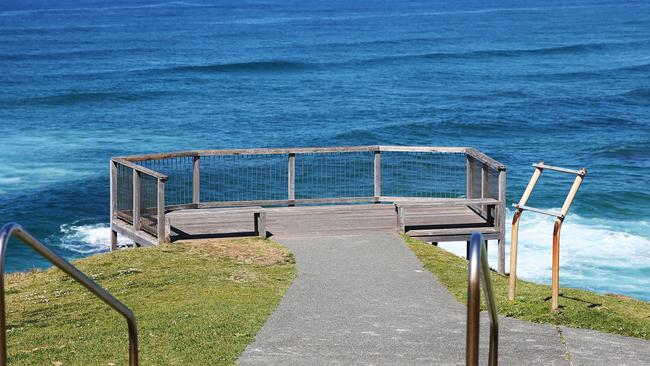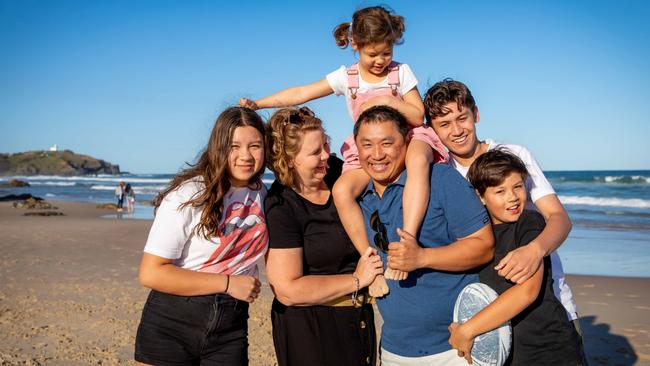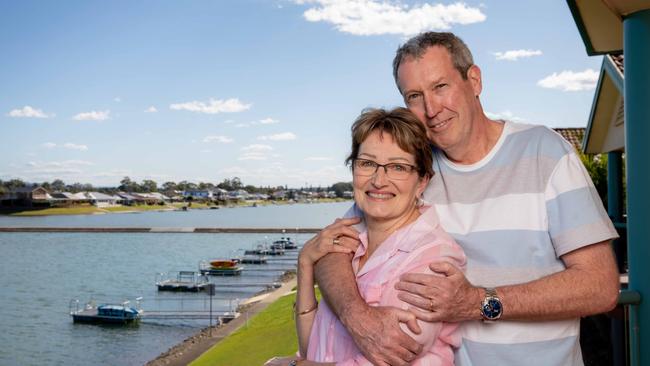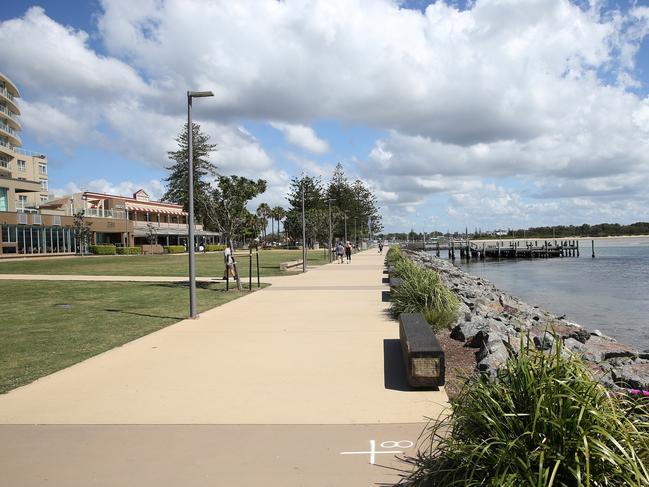Most popular NSW regional towns for city seachange revealed
Hundreds of families were already buying up big in the state’s best regional towns in a bid to escape city life — but now with the shift to remote working the surge of Sydneysiders into country and coastal areas is set to skyrocket. SEE WHICH TOWNS ARE THE MOST POPULAR

NSW
Don't miss out on the headlines from NSW. Followed categories will be added to My News.
- Download our app: Stay up to date, anywhere, anytime
- NSW weddings and sport restrictions eased, one new case
Hundreds of families are buying up big in the state’s best regional towns every year in a bid to escape city life.
Cheaper houses, proximity to nature and beaches as well as just friendly country people are sending Sydneysiders out into NSW‘s regional enclaves, with social researchers predicting a further surge in seachangers off the back of more people working from home during the coronavirus pandemic.
Port Macquarie was the most popular town in NSW for people to move to, with 1418 people moving there between 2018 and last year, according to the latest Australian Bureau of Statistics data.
Maitland in the Hunter Valley are also proving irresistible, with 1222 people settling there last year — followed by the pristine Shoalhaven region with 1071 new people moving in last year, followed by the mid north coast with an influx of 870 people.
Port Macquarie Laing and Simmons real estate agent Chris Koch said he could not find enough houses to sell to willing Sydneysiders.
“We have mountains, we have beaches, we have a river, we have good water supply, our health system is pretty good and our climate is pretty nice — and the prices are reasonably good at the moment,” he said.
“We’re in a fortunate position where our (housing) market is holding up and we have heaps of buyers and not enough property to sell.

He said the median house price in Port Macquarie was $580,000 but prices increased to get properties closer to the beach to upwards of a million dollars.
Retirees chasing the peaceful coastal life are also fuelling the trend.
“We have people who are now working from home and saying, ‘stuff this, I don’t have to live in Sydney I can have a Zoom meeting in Port Macquarie’.”
Michelle Kyan moved with her four children and husband Francis in April last year to Port Macquarie from the northwest Sydney suburb of Glenhaven.
“We wanted a better balance between work and leisure and that wasn’t really happening in Sydney,” she said.
They reduced the size of their mortgage and now live within five minutes of the beach and can spend more time with their four children rather than commuting to work.

“We definitely made a big impact on our mortgage by coming here … the percentage on bills and mortgage in Sydney compared to our incomes was so high compared to what it is here.”
For retiree Anne Hanns the chance to sell her and her husband Robert’s Glenmore Park house for $860,000 and buy a home on a canal in Port Macquarie for $100,000 less proved irresistible.
“Being so close to Penrith it was getting really busy, there were a lot of roadworks, there were more and more high-rises going up there, more people and more traffic,” she said.

“We liked living there, we had friends there, it was good for us but it was time to move on.”
She said she liked the pace of coastal living since moving in earlier this year.
“People have the time to talk to you here, when you’re living in Sydney you’re always on the go — so you don’t really have time to stop and chat to people so much,” she said.

Demographer Simon Kuestenmacher predicted more people would flock to coastal and inland towns as they realised they could increasingly work from home.
He said Millennials who were starting to settle down and having babies would fuel the trend over the next decade, as they sought to have a high standard of living at an affordable price — but it would be mainly concentrated around areas like the Central Coast and the Blue Mountains.
“What you get for $1.5 million in Sydney you get for half the price in a regional centre which is still commutable distance to the Sydney CBD,” he said.
“Millenials are currently clustered around the inner city, in one and two bedroom apartments, but they are now reaching the family formation stage and they’re looking to replicate their own upbringing for the kids in large houses.”
“We have a generation of Millennials hunting for three and four bedroom houses, which you can find in Sydney but it costs you an arm and a leg and these people will venture wherever large enough (affordable) housing is available.”
